AI Applications in Content Creation
AI Applications in Content Creation are revolutionizing the way content is produced, edited, and distributed. From automated writing and image generation to video editing and music composition, AI tools enhance creativity, speed up workflows, and deliver personalized content at scale.
AI-powered tools are revolutionizing how written, visual, and audio content is produced. Modern AI content generators can create new "generative" content from simple prompts (for example, "Write a sonnet about a cat") or transform existing content by summarizing, translating, or rewriting text.
These tools rely on machine learning (ML) and deep learning foundations. Using techniques like natural language processing (for text) and computer vision (for images), AI models analyze vast datasets to understand language and visuals.
How AI Content Creation Works
AI content creation is built on machine learning and deep learning. Natural language processing and computer vision power AI's ability to produce text and images.
Transformer Models
GANs
Multi-Modal AI
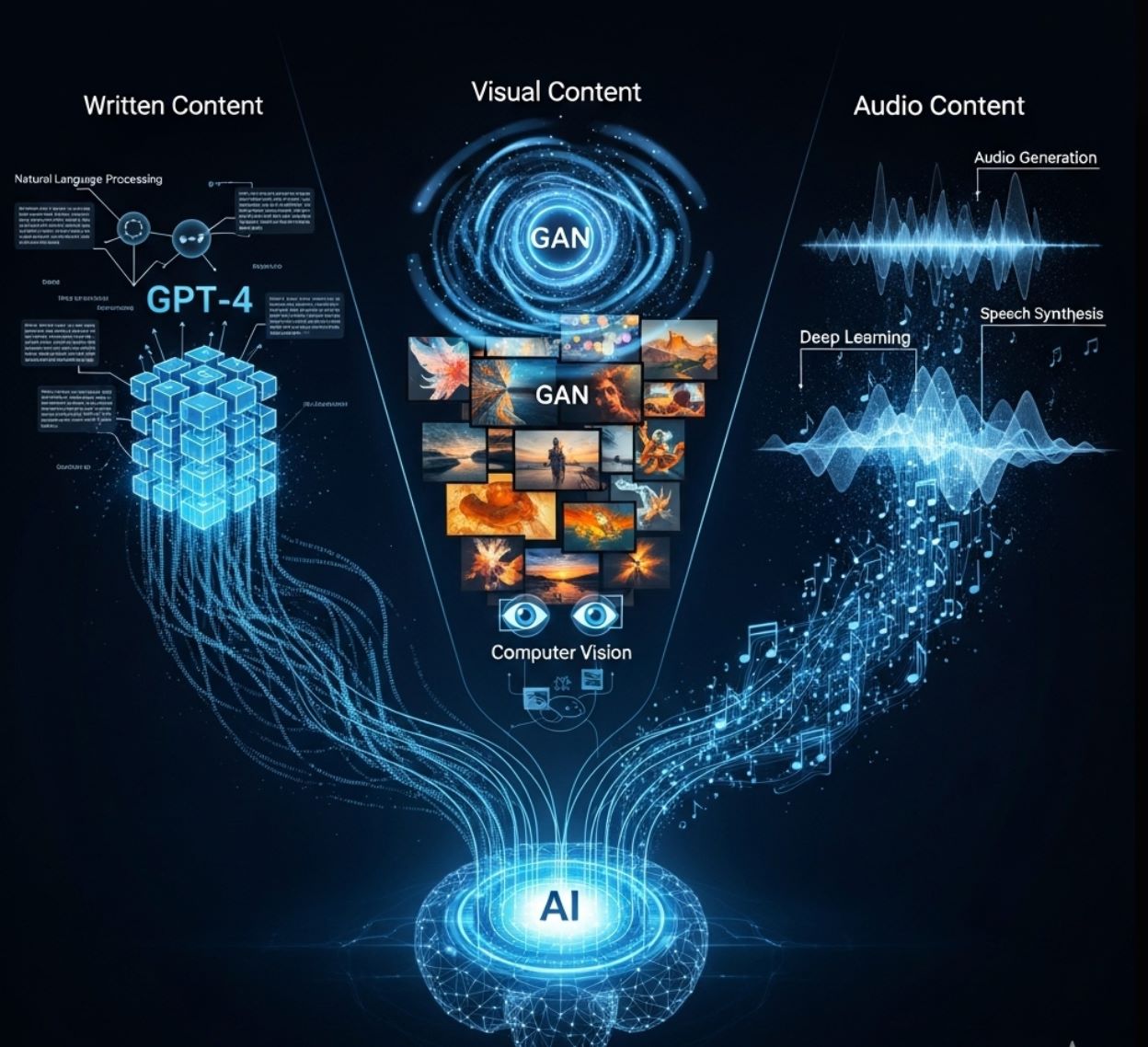
Text Content Generation
AI is widely used to automate writing tasks. It can draft long-form content (articles, blog series) and generate short-form marketing copy (social posts, ads, email subject lines) customized for different audiences.
Generative AI helps generate drafts quickly so [humans] can focus on fine-tuning.
— IBM Research
Long-Form Content
AI compiles comprehensive blog articles from multiple sources and creates in-depth reports.
- Blog series and articles
- Research reports
- White papers
Marketing Copy
Generate catchy headlines and targeted messaging for various marketing channels.
- Social media posts
- Ad copy and headlines
- Email subject lines
AI tools analyze keywords, trending topics and audience data to suggest relevant content ideas and produce SEO-optimized text. This speeds up content production under tight deadlines and helps overcome writer's block by brainstorming dozens of ideas. Popular platforms like OpenAI's ChatGPT, Jasper, and Google's Bard exemplify these text-generation tools, enabling marketing teams to iterate content much faster than manual methods.

Image and Visual Content
AI is transforming visual content creation. Modern image generators (such as DALL·E, Midjourney, and Stable Diffusion models) can create detailed illustrations, photos, or artwork from brief text prompts.
DALL·E & Midjourney
Adobe Firefly
Video Production
Companies are leveraging this technology: for example, Meta (Facebook's parent) partnered with Midjourney to license its AI image tech, aiming to accelerate creative features and lower content-production costs. AI also enhances video production, letting businesses create engaging visual media faster.
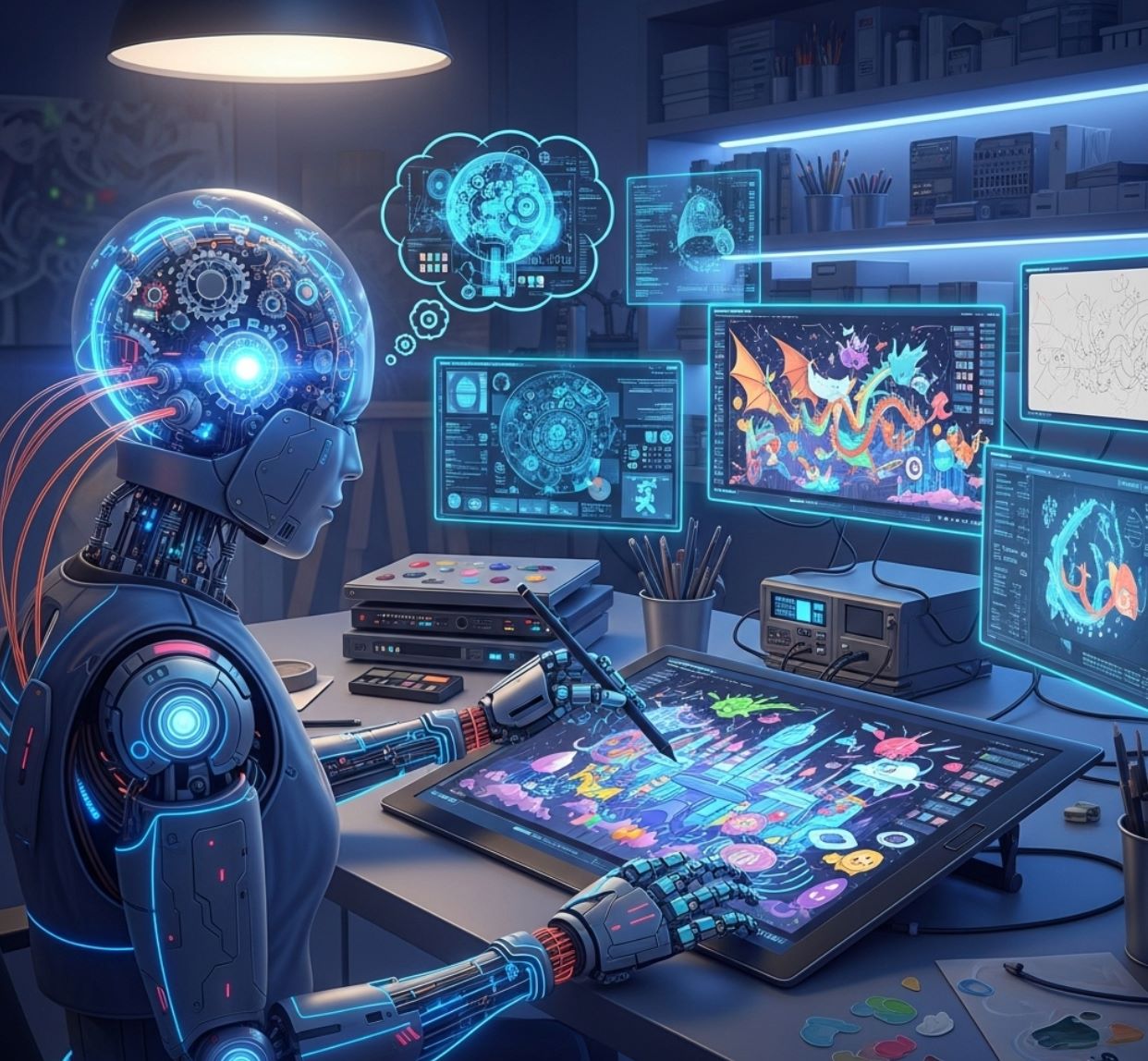
Audio and Music
AI generation extends to sound and music. Advanced text-to-speech and voice synthesis models produce natural-sounding voice-overs, podcasts, and audiobooks. Creators simply input a script or outline and AI can generate a complete narration.
Studio Recording
- Expensive studio time
- Professional voice actors needed
- Time-consuming editing
- Limited revision flexibility
AI Voice Generation
- Instant voice-over creation
- Multiple voice options
- Easy script modifications
- Cost-effective production
AI can even compose music or background scores in various styles. This dramatically speeds up audio production for ads, video narration, or meditation apps. The market for such tools is booming: the AI voice generator market will jump from $3.0 billion in 2024 to $20.4 billion by 2030, driven by demand for personalized speech and voice assistants.
In practice, content creators now use services like Murf, Resemble.AI, and Azure Neural TTS to generate lifelike speech on any topic, saving studio time and costs.
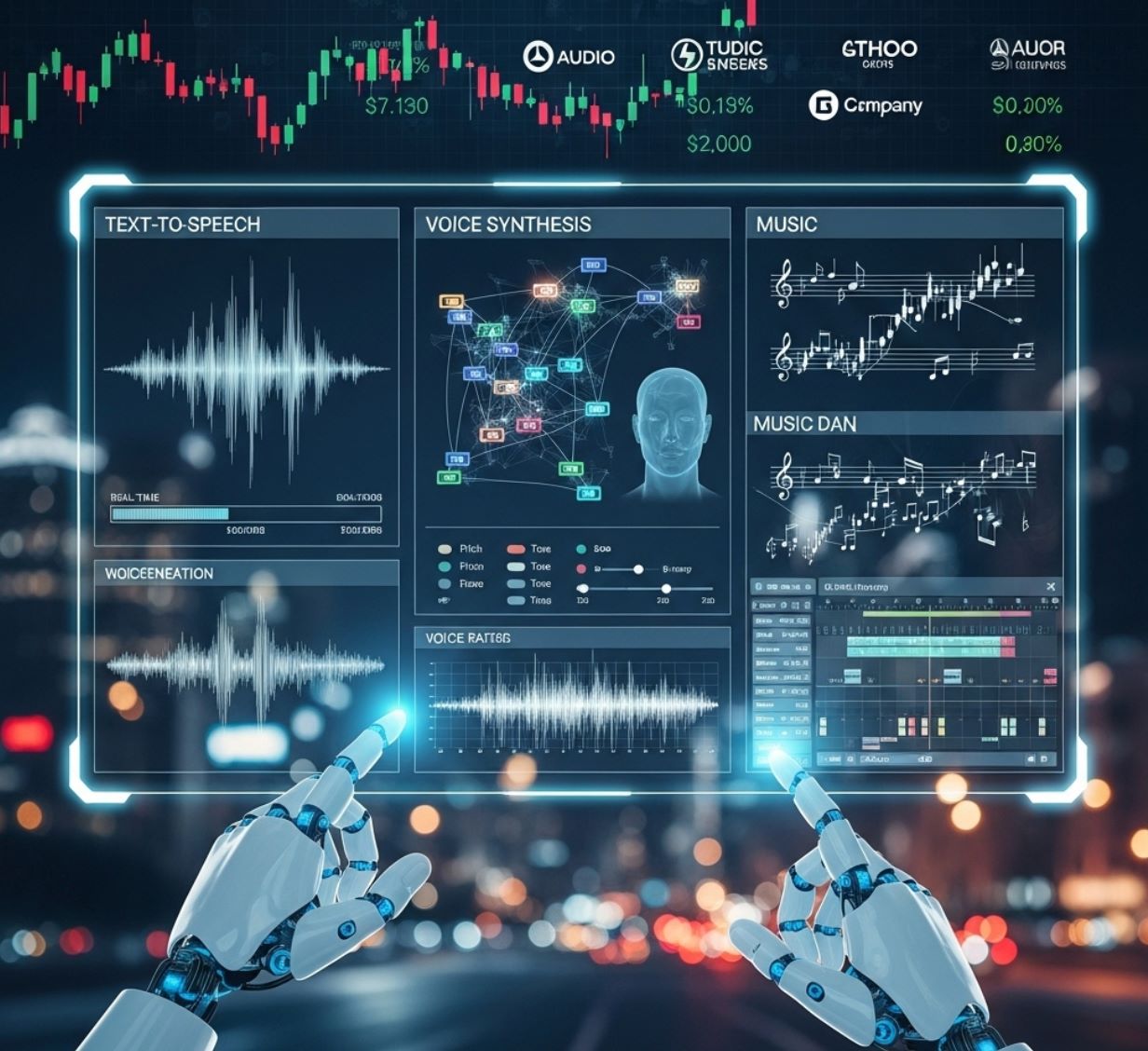
Common Industry Use Cases
AI content tools are applied across many domains, serving as a versatile assistant in content creation, handling routine or structured tasks and enabling humans to focus on high-level strategy and creativity.
Content Marketing & SEO
AI writes blog posts, social media updates, and ad copy. It can also optimize content by suggesting keywords, meta-descriptions, and headings to improve search rankings.
- Automated blog post generation
- Social media content scheduling
- SEO keyword optimization
- Meta-description creation
- Audience-targeted content
E-commerce Applications
Online retailers use AI to automatically generate product descriptions, reviews, and promotional emails. By analyzing shopper behavior and preferences, AI personalizes recommendations and content.
- Product description generation
- Personalized email campaigns
- Customer review analysis
- Dynamic pricing content
- Recommendation engine copy
Customer Service
Chatbots and virtual assistants powered by AI handle routine queries and FAQs 24/7. They draft responses to customer messages and knowledge-base articles.
- 24/7 chatbot support
- FAQ automation
- Knowledge base creation
- Ticket response drafting
- Multi-language support
Media & Entertainment
News outlets employ AI to produce quick news briefs, sports summaries, or weather updates. Scriptwriters and game designers use AI to brainstorm storylines and character dialogues.
- Automated news briefs
- Sports summaries
- Script brainstorming
- Concept art generation
- Animation prototyping
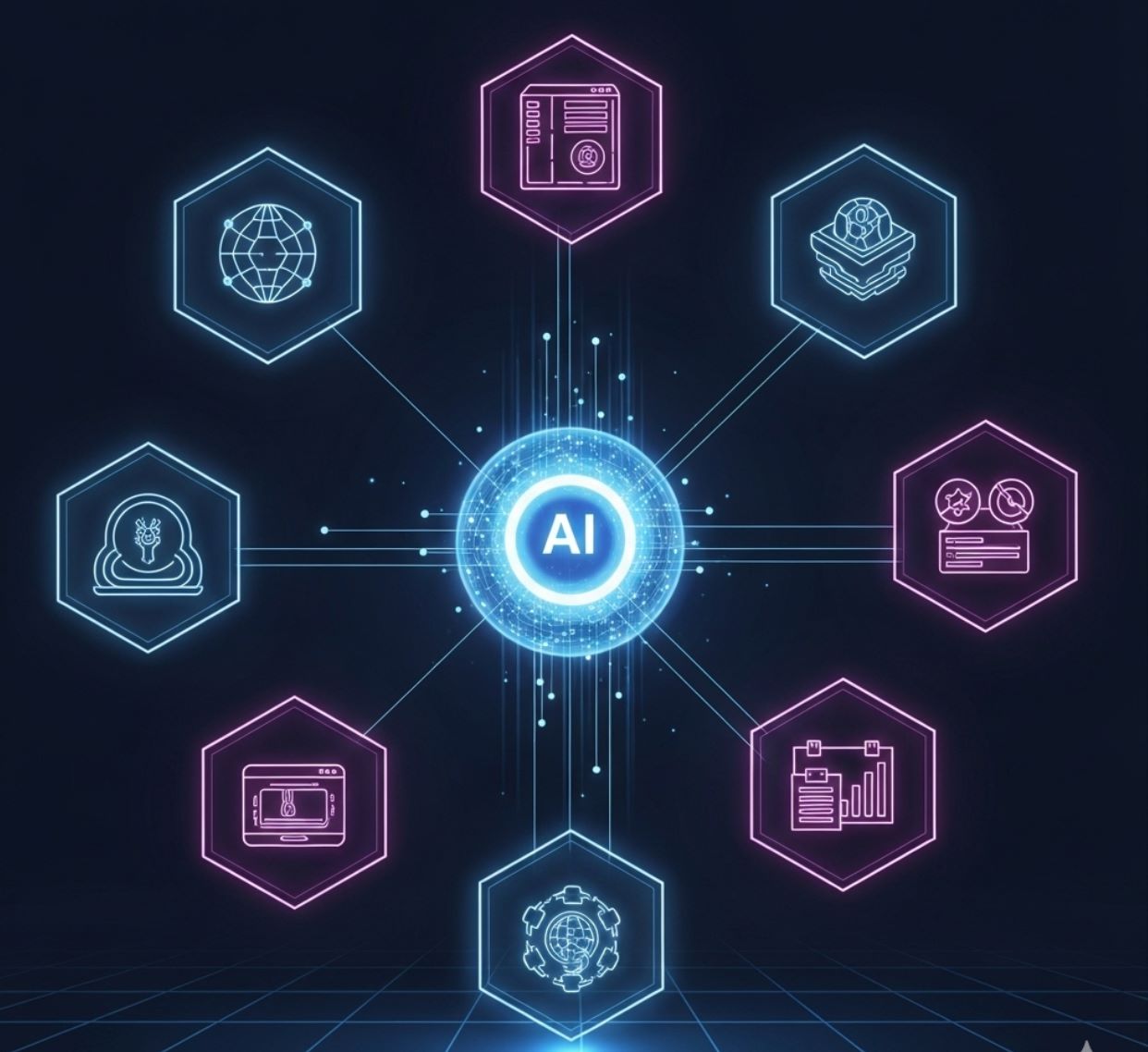
Benefits of AI-Generated Content
Using AI for content brings several advantages. Businesses report greater productivity and creativity when incorporating AI as a co-creator. Routine tasks are offloaded to AI, so human creators can invest effort in storytelling, design, and strategy.
Speed and Efficiency
AI can churn out first drafts in seconds, overcoming writer's block and enabling faster research and brainstorming.
- Instant draft generation
- Quick outline creation
- Rapid iteration cycles
Scalability
AI easily handles high-volume workloads that would take human teams days or weeks to complete.
- Hundreds of product descriptions
- Bulk social media posts
- Mass email campaigns
Personalization
AI analyzes audience data to tailor content for specific demographics and adapt tone to match brand voice.
- Demographic targeting
- Tone adaptation
- Segment-specific messaging
Cost Savings
Automating routine tasks reduces costs compared to large creative teams, with affordable subscription-based tools.
- Reduced headcount needs
- Lower production costs
- Affordable subscriptions
Data-Driven Insights
AI tools provide analytics that reveal what content resonates, tracking engagement and performance.
- Engagement tracking
- Performance analytics
- SEO optimization
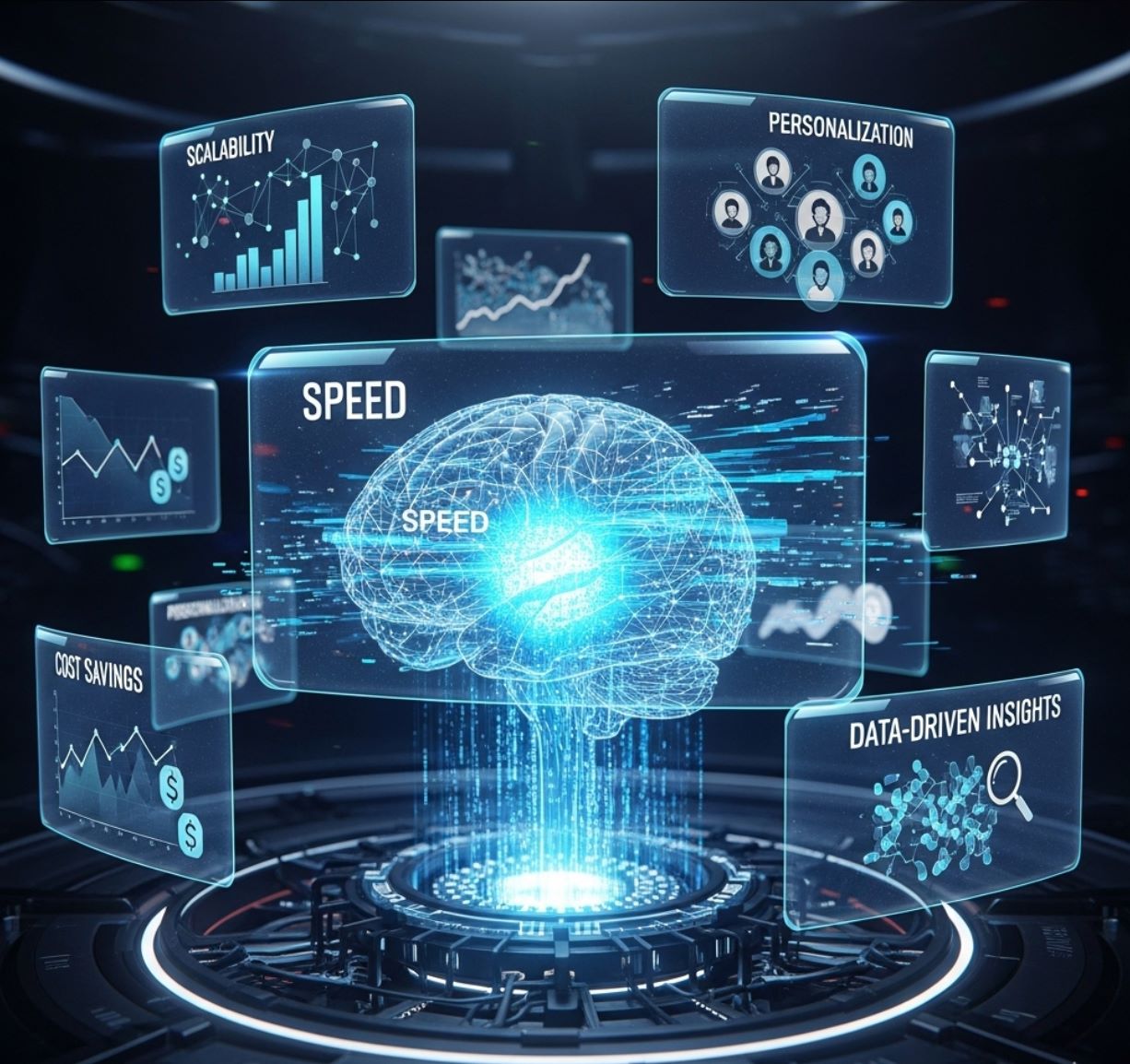
Challenges and Considerations
Despite its power, AI-generated content has pitfalls that require careful attention and human oversight.
Quality and Accuracy
Originality and Copyright
Bias and Ethics
Search Engine Visibility
AI struggles with nuance, depth and factual accuracy, often requiring human editing to ensure coherence.
— IBM Research
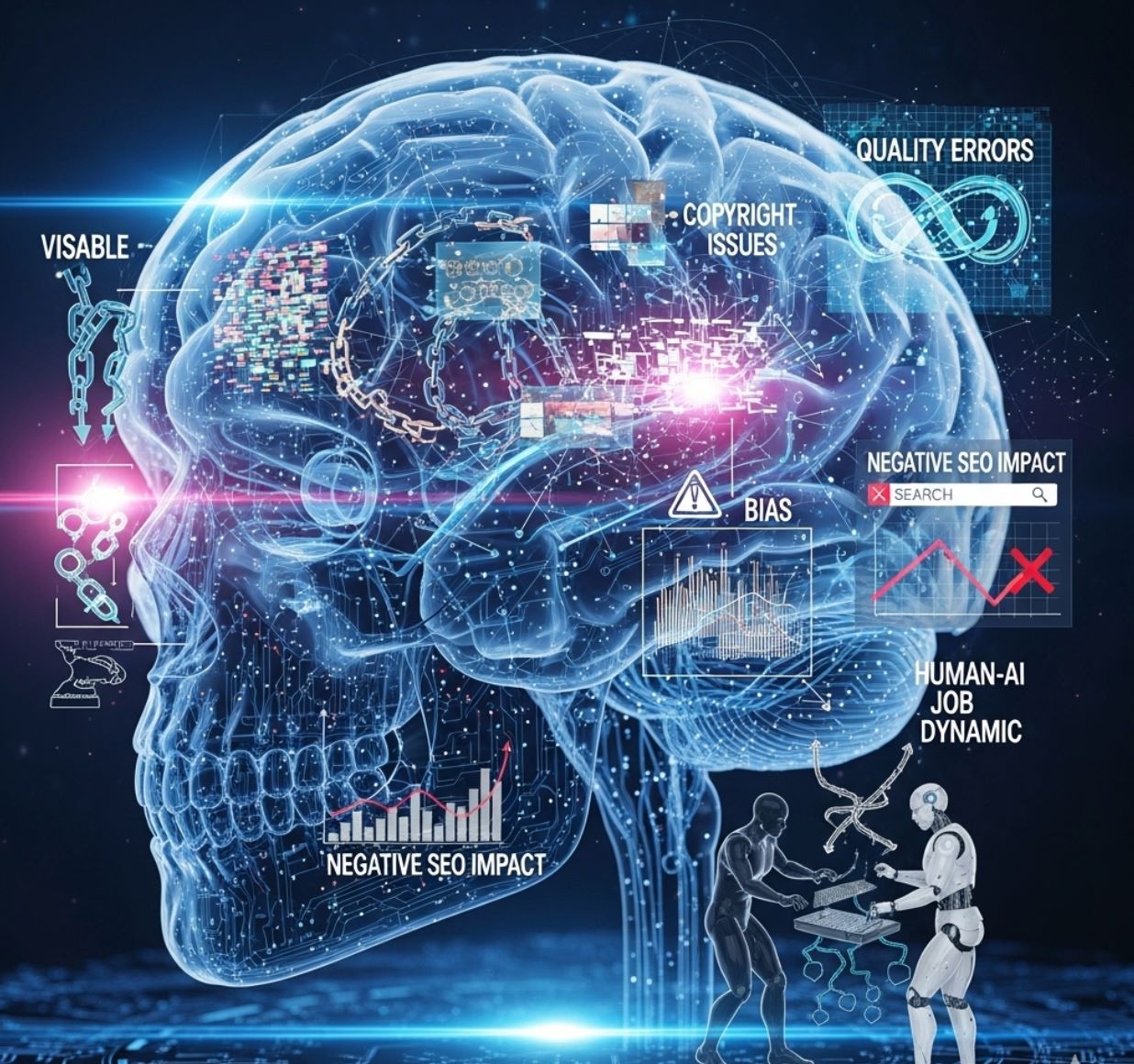
Best Practices for AI Content
To use AI responsibly and effectively, experts suggest combining AI's speed with human judgment to maximize quality while reaping productivity gains.
Human-in-the-Loop
Always have humans review and edit AI drafts. Treat AI output as a first draft, then refine it with human creativity and fact-checking. This ensures accuracy, originality and brand voice.
Appropriate Use Cases
Use AI where it shines — generating product descriptions, social media posts, outlines or data summaries. Be cautious in areas demanding deep creativity or sensitivity.
Quality Guidelines
Develop style guides and templates for AI to follow. Set keyword and SEO targets, define tone, and specify factual sources to keep AI output on track.
Transparency
When appropriate, disclose AI involvement. If readers expect human authorship (like in op-eds or creative writing), be upfront about using AI. Transparency builds trust.
Continuous Monitoring
Regularly audit AI models and their content for bias or errors. Keep up with evolving regulations and use analytics to measure what AI-assisted content works.
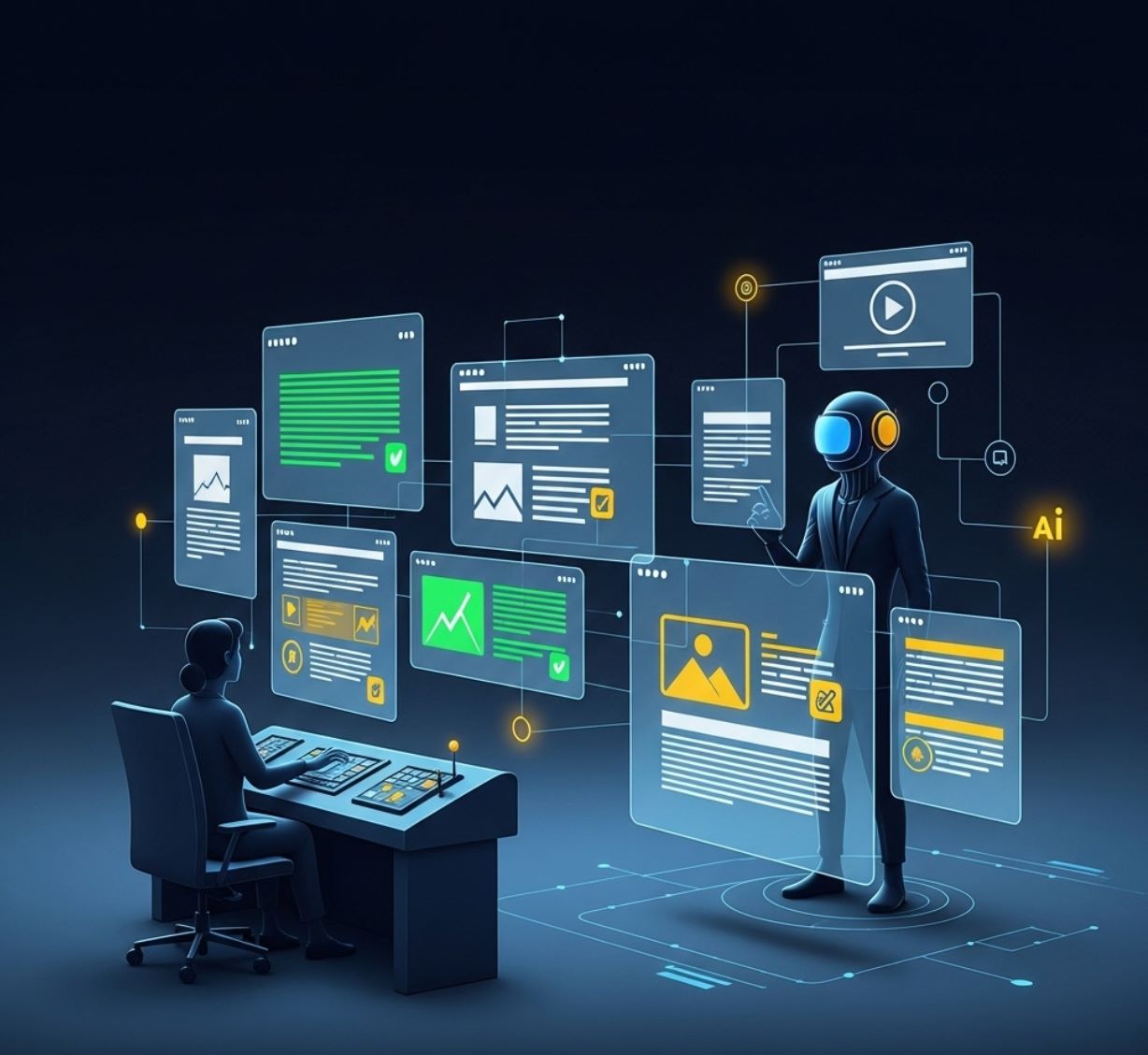
The Future Outlook
Looking ahead, AI content creation will become even more sophisticated. Experts foresee multi-modal AI that seamlessly blends text, images, video and audio into immersive experiences.
Multi-Modal Integration
Enhanced Sophistication
Ethical Frameworks
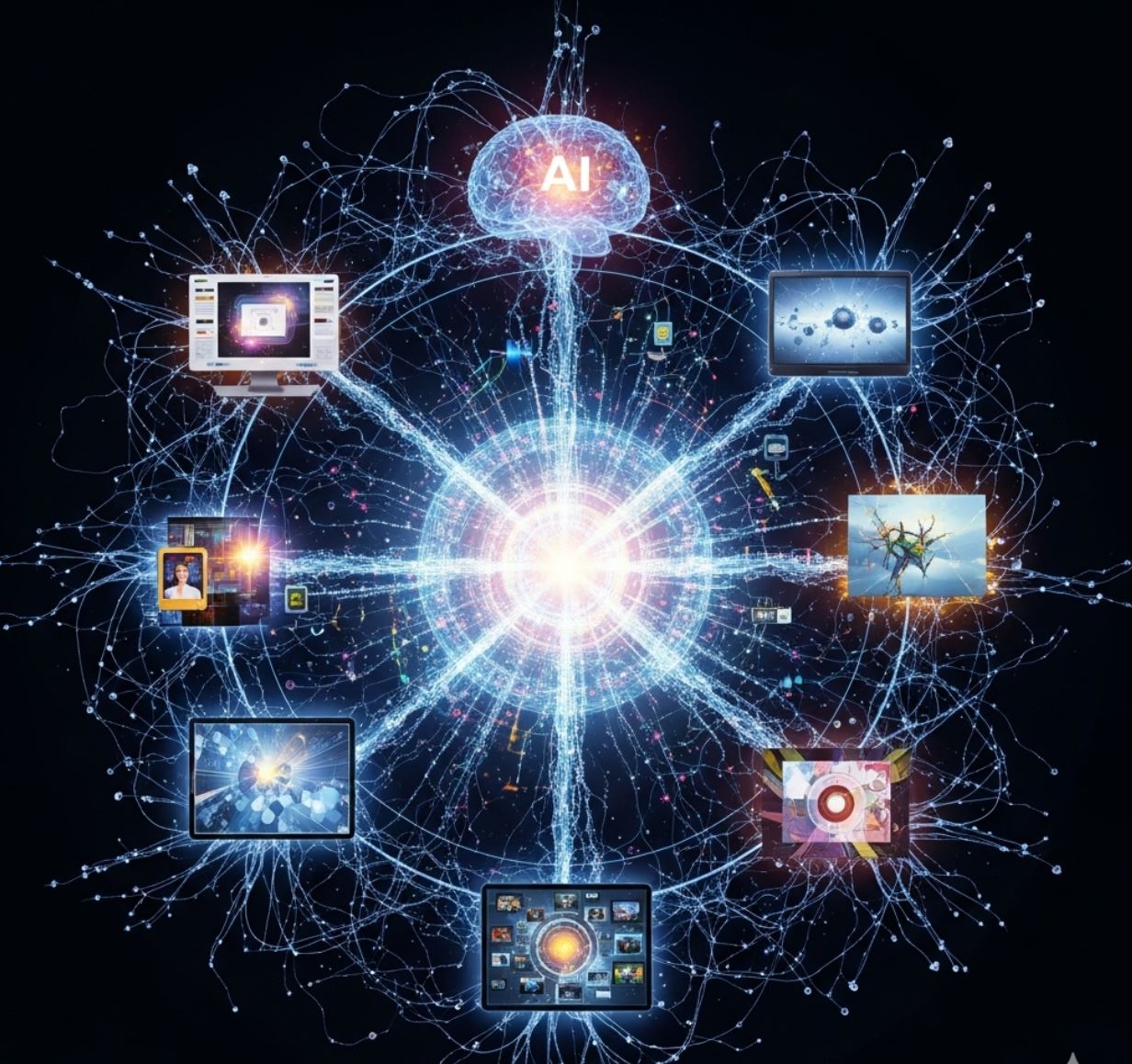
Conclusion
AI is reshaping content creation by automating routine tasks, enabling personalization, and accelerating the creative process. When used thoughtfully with human guidance, it allows creators to produce more engaging, data-driven content at scale.
As AI advances, the most successful teams will be those who leverage it as a powerful assistant—combining AI's efficiency with human ingenuity.




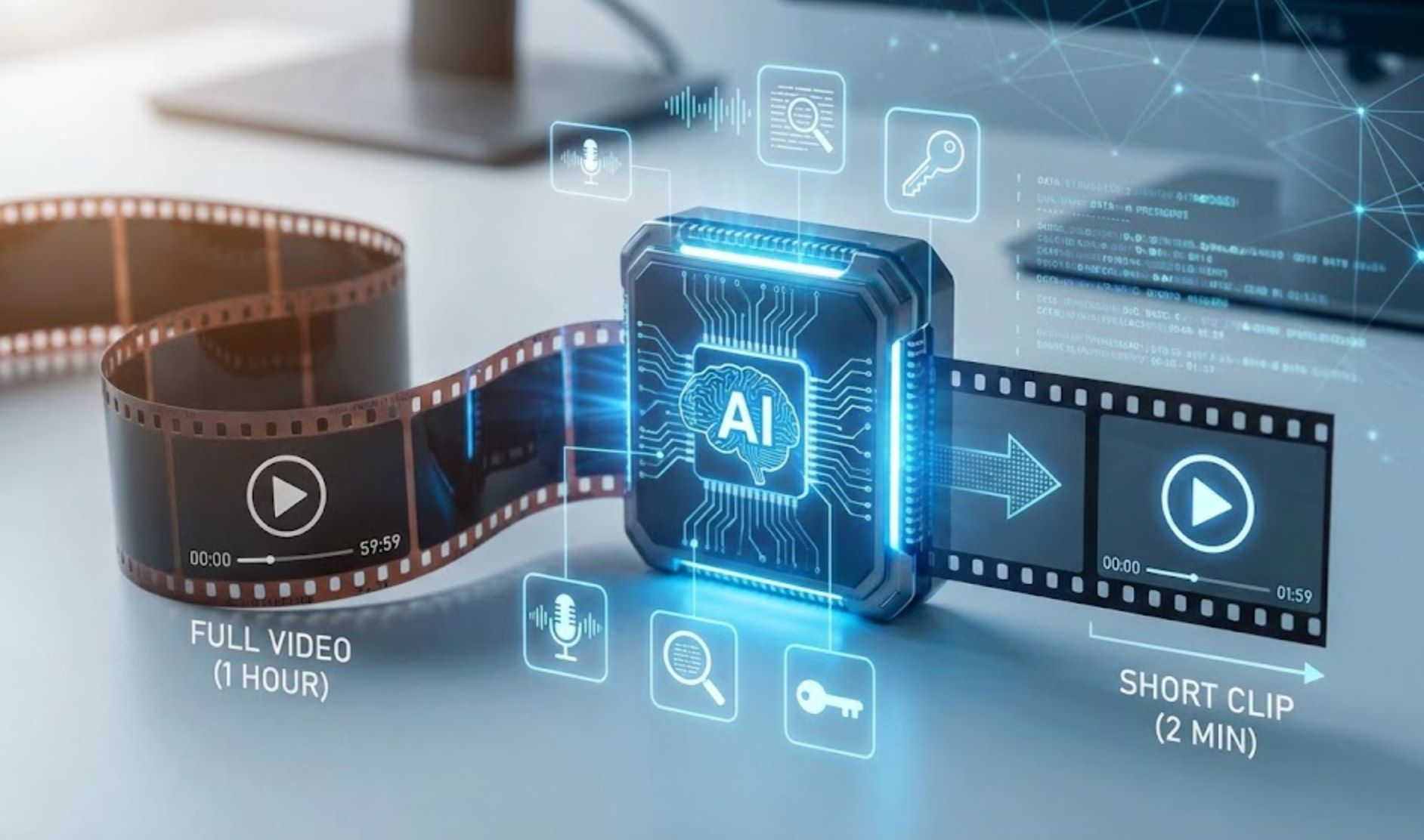


Comments 0
Leave a Comment
No comments yet. Be the first to comment!